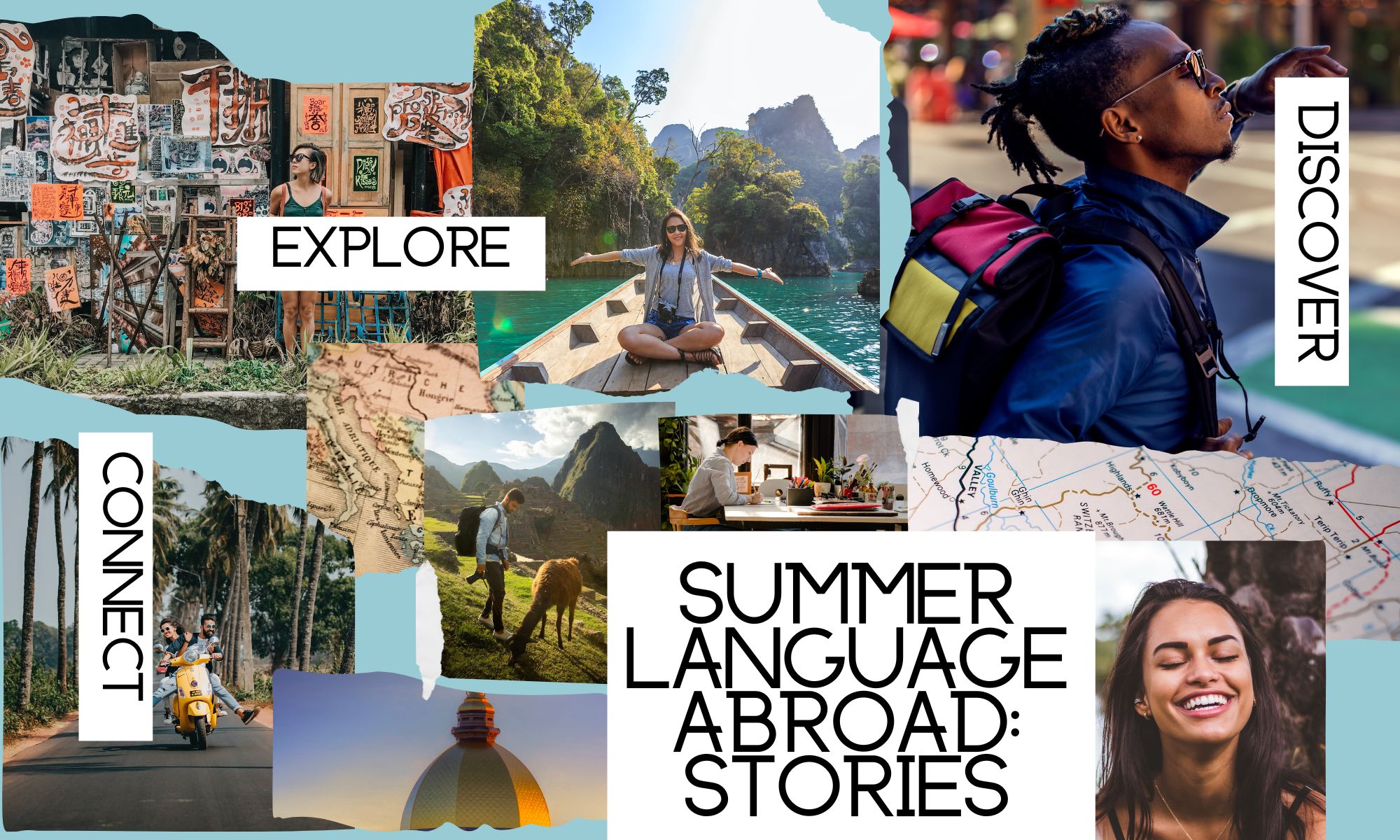
The biggest critical incidence I have experienced in Guatemala has been my journey on the chicken bus. I have heard a couple explanations for this name: that actual chickens are transported on the bus from time-to-time and that people are packed onto the bus like chickens. While I cannot attest to the former, I can certainly confirm the latter.
At this point I would call myself somewhat of a seasoned veteran, as I take the bus each day from my host family’s house in Alotenango to my Spanish school in Antigua and back (a 25-30 minute ride each way). However, I remember my first time on the chicken bus vividly. It was the morning after I had arrived to my host family very late the night before. My host mom walked me to the busy street in front of the apartment complex where I lived and showed me where to stand before heading back inside. I knew what the buses looked like from my last trip to Guate (they are retired school buses from the U.S. which are painted vibrant colors and decked out to resemble almost an amusement park ride) and my host mom had told me they cost 5 quetzales (about 0.75 cents). There were no established bus stops but she told me that a bus would come every 15 minutes or so.
Unfortunately on my first trip I didn’t realize that I had to flag down the bus to get it to stop. I believe 1-2 buses passed by before one finally noticed me waiting and pulled over for me to get on. A man hanging out the door called for me to enter (who I would later learn is the “co-piloto” or “ayudante”). When I entered the bus I assumed like in the U.S. there would be a terminal to pay in the front but I didn’t see any place for payment or a ticket and the driver didn’t acknowledge me and started driving while I was still walking up the steps. I grabbed the railing to maintain my balance and turned towards the back of the bus to look for a seat. Surprisingly I was met with about 50 pairs of eyes staring back at me. The bus was full the the brim. Each row was so full that the aisle in between had completely disappeared. I tried to contain my shock and squeezed behind the driver gripping to the rail. Even more to my surprise, several more passengers boarded in subsequent stops, pushing past me and towards the back to fill in spaces that I couldn’t see but apparently existed.
About halfway through the ride, the ayudante made his way through the entire bus, squeezing in between the passengers packed like, well, like chickens. He somehow knew who had paid already and who had not and reached out expectantly for 5 quetzales from each person, expertly keeping the bills in a crisp stack in order in one hand while gripping the ceiling rail and pulling himself with force through the crowd.
Chicken bus chofers and ayudantes operate privately and are not part of an official public transit system in Guatemala, yet the fill this gap for daily commuters who don’t have a car or moto. While there are occasional inefficiencies in the system for riders (overpacked buses, irregular schedules, and manic driving), the chofers and ayudantes are in the business of making the most profit out of each ride and the fuller the buss the fuller their wallets. While Guatemalan’s accept the system, there is a noticeable effort by most folks to practice politeness, make room, share space, hold babies and backs for one another and offer help in calling for a stop. Riding the bus is a community effort and everyone recognizes it.
While I have occasionally felt overheated, anxious, squished, and stressed on the chicken bus, I find comfort in remembering that all of the passengers, like me, are just trying to get to their homes, schools, and jobs. While certainly less comfortable than riding the bus in my hometown of Seattle, I have enjoyed getting into the rhythm of the chicken bus and feeling more and more like a local each day picking up little things each time to improve the experience like having exactly 5 quetzales so the ayudante doesn’t have to ruffle through his bills for change, using the overhead rack for my backpack when there is room to sit underneath and keep an eye on it, staying towards the front on my ride home since my stop is one of the first ones, and more.

